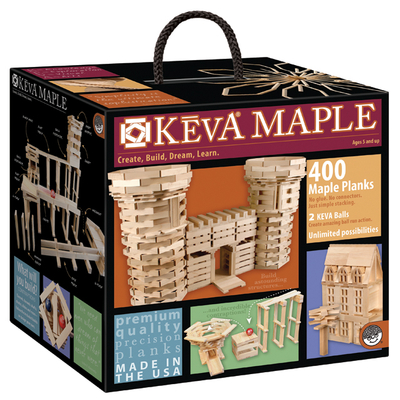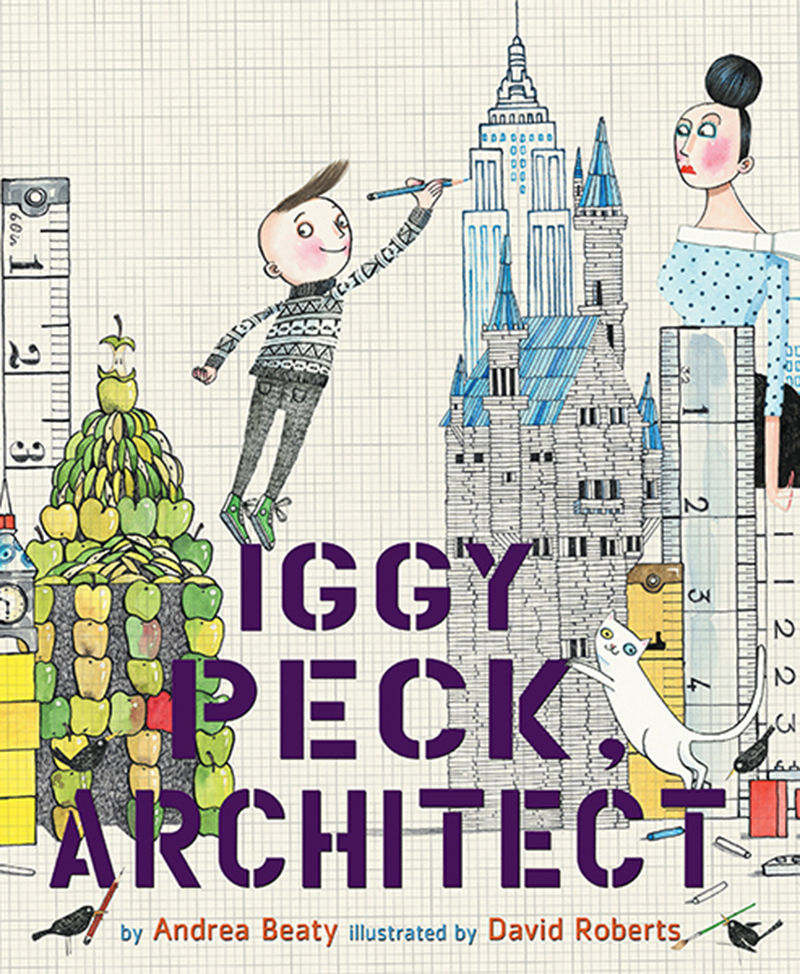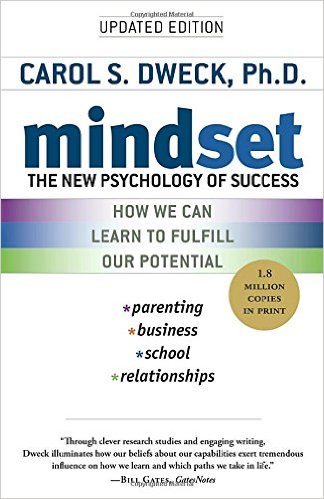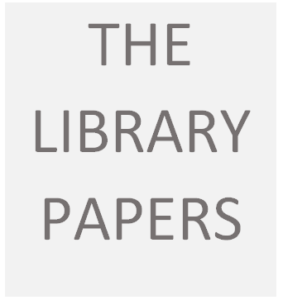Exploring ICT Applications for STEM Instruction in IBL Environments (!)
Blog Post 3: Supporting Teachers With ICT
This is a story about my adventures in collaborating with a classroom teacher on a STEM exploration in the library.
The Project
 The teacher had been working on concepts of force and motion with the Grade 4 students. Her first idea was to have them play with Lego blocks and Keva planks to explore the concepts during the library collaboration time.
The teacher had been working on concepts of force and motion with the Grade 4 students. Her first idea was to have them play with Lego blocks and Keva planks to explore the concepts during the library collaboration time.
Neither she nor I had tried this kind of exploratory learning previously and we weren’t sure what to expect. When I did my teacher training, the importance of lesson plans, objectives, outcomes, timelines, and materials lists was impressed upon us, and this was the direction I headed in when we first started talking about the project. But the classroom teacher was clear about wanting it to be simple and open-ended—no ‘outcomes,’ no time lines.
 At the same time, by ‘open-ended’ she did not mean ‘free-for-all.’ During the first session, she did want the students to have an opportunity to explore the materials in an open-ended way, but this was to give her (and me) a chance to see what they already knew, and then to think about ways to extend their learning in the second session. Our role in the first session was to float from group to group, watch what they were doing, and ask them questions about their thinking as they played with the materials.
At the same time, by ‘open-ended’ she did not mean ‘free-for-all.’ During the first session, she did want the students to have an opportunity to explore the materials in an open-ended way, but this was to give her (and me) a chance to see what they already knew, and then to think about ways to extend their learning in the second session. Our role in the first session was to float from group to group, watch what they were doing, and ask them questions about their thinking as they played with the materials.
Based on the information we gleaned from the first session, the teacher decided the second session should focus only on Keva planks, specifically on using them like dominos, to explore what happens when they fall over (or don’t fall over). The students were free to build other structures as well, and to speculate on how and why they worked as intended (or not) but the general focus was on the domino effect.

At the start of this session, I read Iggy Peck, Architect to them, with the hope of inspiring them and nudging them into an adventurous frame of mind, and because I believe as a general principle that a good story can always come in handy.
For this second session, as for the first one, it was our role to float and engage, but this time with the difference that while the teacher was looking for ways to support the students, I was looking for ways to support the teacher. I shot this video because both the student and I were interested to see what would happen when the dominos changed levels, and I was additionally interested to see if the footage could be used as an instructional tool. (To view the video, scroll down to the player bar and click the ‘play’ arrow):
Applications
The uses I can think of immediately for this footage are as follows:
Teacher Planning: The teacher can use the video footage herself to analyse gaps in student knowledge and to plan follow-up sessions.
 Student mindset: If the teacher’s focus is on helping students to develop their self-directed, inquiry-based-learning skills, she can use this footage to encourage this student to analyse for herself what worked and what didn’t, and to revise her model accordingly on her next attempt. This would help the student understand that learning is a process, rather than seeing it as a failure and possibly losing interest in the whole project (as per Carol Dweck’s Mindset, or Brock and Hundley’s Mindset Coach handbook).
Student mindset: If the teacher’s focus is on helping students to develop their self-directed, inquiry-based-learning skills, she can use this footage to encourage this student to analyse for herself what worked and what didn’t, and to revise her model accordingly on her next attempt. This would help the student understand that learning is a process, rather than seeing it as a failure and possibly losing interest in the whole project (as per Carol Dweck’s Mindset, or Brock and Hundley’s Mindset Coach handbook).
Emergent curriculum: In the Reggio Emilia model of inquiry-based learning, this would be an example of how an initial exploratory, hands-on learning session can be used to develop a whole-class discussion of the concepts, and of the pitfalls and possibilities associated with them. I think this would work not just for primary students, but for students at any level. This video footage is interesting, for example, because it shows that, yes, you can get dominos to work when they move down a level, but it also shows the problems that arise on a level surface if the distance or the angle of impact is wrong. Using this footage would give concrete immediacy to the discussion.
Another extension of this activity could consist of getting students to film each other’s projects, but this too would require direct instruction that would add another layer to the project. However, it might work to engage students who were not engaged by the topic of force and motion, or by playing with the Keva blocks (and there were several of them in this group). If they were filming, they would still need to explore the concepts, but the feeling of making a meaningful contribution would increase their involvement.
The role of the TL
Collaboration
I agree with what Deena said in her blog post: collaborating with teachers to incorporate ICT takes time. You do need to wait for moments of opportunity. Teachers are busy and don’t want to be burdened with any more additional information about yet more things they could be doing if they only worked a bit harder. If TLs want to support classroom teachers, the support needs to be as easy and seamless as possible. My collaboration time with this teacher consisted of our conversations at the start, during, and briefly at the end of the sessions.
Planning
Once the classroom teacher’s needs are clear, the librarian can do any additional planning required such as locating, selecting and organizing the resources. Or in this case, creating and sharing material.
An additional benefit of this is that once the resources are in place, many of them can be added to the library website to share with other teachers. As Rehana observed in her blog post, I too am excited to help teachers “to begin creating their own collections to share library resources and websites with each other. I think this could be a very powerful way to encourage professional development and to learn from each other.” Locally developed materials are an important, responsive, and flexible resource for teachers, and once they are in place, it should be relatively easy for the TL to maintain and update as needed.
But all of this presupposes that the TL will have the time available to do the planning in support of the teacher. It presupposes a Learning Commons rather than a traditional school library. And it presupposes that classroom teachers will understand and welcome the collaboration rather than seeing it as an intrusion.
Implementation
One thing I have learned from this experience is that it requires being willing to trust the students, and even more, to trust yourself and your own pedagogical knowledge to support them. Another thing I’ve learned is that it is important for the TL to be an active participant through as many stages of the project as needed, from planning to implementation.
 When I first read about the notion of ‘emergent curriculum’ in ThinQ (and elsewhere), this idea of first observing students working, and then planning to address curriculum-related gaps in their knowledge, seemed wildly impractical: first of all, it’s pretty well the opposite of what I learned in PDP; secondly, ThinQ describes a class where two teachers collaborate continuously to support the students and to connect their explorations to the curriculum. This is not a typical teaching environment.
When I first read about the notion of ‘emergent curriculum’ in ThinQ (and elsewhere), this idea of first observing students working, and then planning to address curriculum-related gaps in their knowledge, seemed wildly impractical: first of all, it’s pretty well the opposite of what I learned in PDP; secondly, ThinQ describes a class where two teachers collaborate continuously to support the students and to connect their explorations to the curriculum. This is not a typical teaching environment.
But now I do think it is a workable model when a TL is available to support the teacher–not all projects need two teachers, and it would certainly be possible to do this with only one teacher present, but the fact that there were two of us meant that the students had the benefit of the calm attention of two adults. This increased their engagement with the activity.
Works Cited (Click Here)
Works Cited
Beaty, Andrea, and David Roberts. Iggy Peck, Architect. National Braille Press, 2015.
Brock, Annie, and Heather Hundley. The Growth Mindset Coach: a Teacher’s Month-by-Month Handbook for Empowering Students to Achieve. Ulysses Press, 2016.
Dweck, Carol S. Mindset. Robinson, an Imprint of Little, Brown Book Group, 2017.
“Home.” KEVA Planks, www.kevaplanks.com/.
It Is Going to Take a Little Time…, Blogger, 9 June 2018, rimeoftheancientteacher.blogspot.com/2018/06/it-is-going-to-take-little-time.html.
“LEGO Shop.” LEGO Shop, shop.lego.com/en-CA/.
“LIBE 477B – Inquiry Blog #3: Our New Destiny.” Rehana the Librarian, 9 June 2018, rehanalibrarian.wordpress.com/2018/06/09/libe-477b-inquiry-blog-3-ict-professional-development/.
“Reggio Emilia Approach.” Wikipedia, Wikimedia Foundation, 10 June 2018, en.wikipedia.org/wiki/Reggio_Emilia_approach.
Reimer, Joan, and Debbie Watters. THINQ Kindergarten: Inquiry-Based Learning in the Kindergarten Classroom. Wave Learning Solutions Inc., 2017.



You have demonstrated how one might approach the practical introduction of a new tool, skill, etc. to your school community through collaboration. I like how you have reflected on ways to utilize what you learned from working with the Grade 4 teacher. I also appreciate how you have connected to, and reflected on, other blog posts.
I like that you have included the video of the Keva blocks for teacher planning. Often the cameras come out for the polished performances or for entries into a digital scrapbook as evidence of learning. However, video can be a powerful “assessment for learning” for the teacher. I think it is great that you modeled this learning for the students.
Thank you for such an engaging and though provoking post – as always.